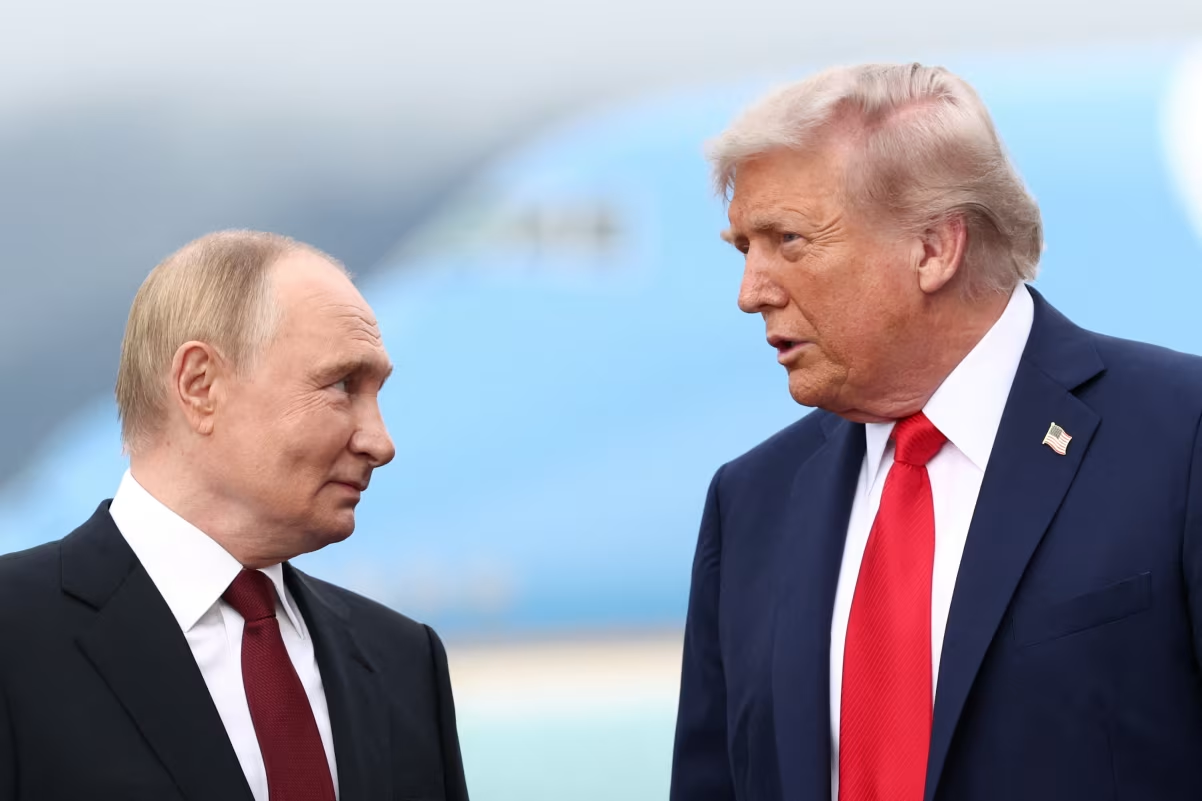On September 5, 2025, President Donald Trump signed an executive order rebranding the Department of Defense as the “Department of War,” reviving a title last used in 1947. This provocative move, aimed at projecting a more aggressive military stance, has sparked widespread debate about its implications for U.S. national security, global perceptions, and domestic policy. Below, we explore the immediate and long-term consequences of this symbolic yet significant change, drawing on Trump’s stated intentions and reactions from various stakeholders.
Tariffs Takedown: How the Court Just Dealt a Crushing Blow to Trump’s America First Trade War
Immediate Implications
1. Symbolic Shift in Military Identity
The rebranding to “Department of War” is a deliberate callback to the agency’s pre-1947 name, emphasizing a “warrior ethos” over what Trump and Defense Secretary Pete Hegseth have criticized as a “woke” and overly defensive posture. Trump has argued that the name reflects America’s historical military victories, particularly in World Wars I and II, and signals a focus on “winning” rather than merely defending. The immediate effect is a change in rhetoric: Pentagon signage, official correspondence, and even the department’s website (now redirected to war.gov) have adopted the new title. This shift is already visible, with signs outside Hegseth’s office updated to read “Secretary of War” within hours of the order.
2. Political Polarization and Congressional Pushback
The executive order designates “Department of War” as a secondary title, sidestepping the need for congressional approval, which is required for a permanent name change. Trump has expressed confidence that Congress will support the move, but reactions are mixed. Republican allies like Senators Mike Lee and Rick Scott, along with Representative Greg Steube, have introduced legislation to codify the change, framing it as a restoration of America’s “lethal fighting force.” However, Democrats, including Senator Tammy Duckworth and Representative Darren Soto, have criticized the rebrand as a costly distraction that undermines diplomacy and military readiness. Senate Defense Appropriations Subcommittee Chairman Mitch McConnell has also voiced skepticism, arguing that the Pentagon needs investment, not rebranding, to maintain American primacy. This divide suggests the rebrand will deepen political tensions, potentially complicating future defense budgets and policies.
3. Logistical and Financial Challenges
The rebranding effort, while initially symbolic, carries significant logistical costs. Updating signage, letterheads, emblems, uniforms, and digital assets across the Pentagon’s global network of over 700,000 facilities could cost billions. For context, renaming nine Army bases under the Biden administration cost $39 million. Trump has downplayed these costs, claiming the rebrand can be done incrementally by replacing stationery “as it comes due.” However, Pentagon officials have expressed frustration, noting that the effort diverts resources from pressing challenges like countering authoritarian alliances. This could strain the administration’s simultaneous push to cut Pentagon spending through its Department of Government Efficiency.
4. Global Perceptions and Diplomatic Tensions
The name “Department of War” sends a bellicose message to allies and adversaries alike. Critics argue it undercuts Trump’s claim to pursue peace, as seen in his stated desire for a Nobel Peace Prize and efforts to mediate conflicts in Ukraine and the Middle East. The rebrand may alarm allies who rely on the U.S. for defensive partnerships, potentially straining NATO and other alliances. Adversaries like China, Russia, or Iran could interpret the move as escalatory, prompting them to bolster their own military postures. Democratic Senator Andy Kim has warned that the name prioritizes “touting wars” over preventing them, which could weaken U.S. soft power.
Long-Term Implications
1. Cultural Shift in the Military
The rebrand aligns with Trump and Hegseth’s broader campaign to reshape military culture. Hegseth has already reversed Biden-era policies, such as renaming bases honoring Confederate leaders and removing diversity, equity, and inclusion programs, which he labeled as “woke distractions.” The “Department of War” title reinforces this focus on “maximum lethality” and a “warrior ethos,” potentially influencing recruitment, training, and operational priorities. However, critics warn this could alienate diverse recruits and exacerbate retention issues, especially after controversial moves like the removal of transgender troops.
2. Legislative and Legal Battles
A permanent name change requires congressional approval, as the Department of Defense was established by law in 1947. Trump’s executive order instructs Hegseth to propose legislative actions, but passage is uncertain given the slim Republican majorities in Congress and opposition from Democrats and some Republicans. If Congress resists, the administration may face legal challenges over the extent of its executive authority, similar to past disputes over Trump’s orders. This could lead to prolonged political and legal wrangling, diverting attention from substantive defense reforms.
3. Impact on Defense Policy and Strategy
The rebrand may foreshadow a shift toward a more offensive military doctrine. Trump and Hegseth have emphasized “winning wars” over “endless contingencies,” criticizing prolonged engagements in the Middle East. This could lead to a reprioritization of defense spending toward offensive capabilities, such as advanced weaponry, at the expense of defensive systems or diplomatic efforts. However, without increased funding—McConnell noted Trump’s 2026 Pentagon budget lags inflation—this shift may be more rhetorical than practical. The rebrand could also embolden Trump’s use of the military for domestic purposes, such as immigration enforcement or urban deployments, raising concerns about militarization.

Donald Trump signs an executive order at the White House on Friday. Photograph: Kevin Dietsch/Getty Images
4. Economic and Industrial Ripple Effects
The rebranding will affect defense contractors, universities, and nonprofits reliant on Pentagon funding, requiring updates to contracts, marketing materials, and branding. This could create short-term disruptions in the defense industry, potentially impacting small businesses most. Over time, the emphasis on “war” may shift procurement priorities toward offensive technologies, benefiting certain contractors while others adapt. However, the financial burden of rebranding could strain Pentagon budgets, potentially reducing funds available for innovation or modernization.
Conclusion
Trump’s executive order to rebrand the Pentagon as the “Department of War” is a bold, symbolic gesture with far-reaching implications. In the short term, it galvanizes his base and projects strength but risks alienating allies, escalating costs, and deepening political divides. Long-term, it could reshape military culture and strategy, though its success hinges on congressional support and the administration’s ability to manage the financial and diplomatic fallout. While Trump frames the move as a return to America’s victorious past, critics argue it distracts from modern challenges, potentially undermining the very strength it seeks to project. As the debate unfolds, the rebrand will test the balance between symbolism and substance in U.S. national security policy.
Sources:
• CNN: Trump signs executive order rebranding Pentagon as Department of War
• BBC: Trump rebrands Department of Defense as Department of War
• The Guardian: Trump signs executive order rebranding Pentagon as Department of War
• POLITICO: White House to rebrand Pentagon the Department of War
• The New York Times: Trump to Sign Order Renaming the Defense Department as the Department of War
• Reuters: Trump orders return to the US ‘War Department’





